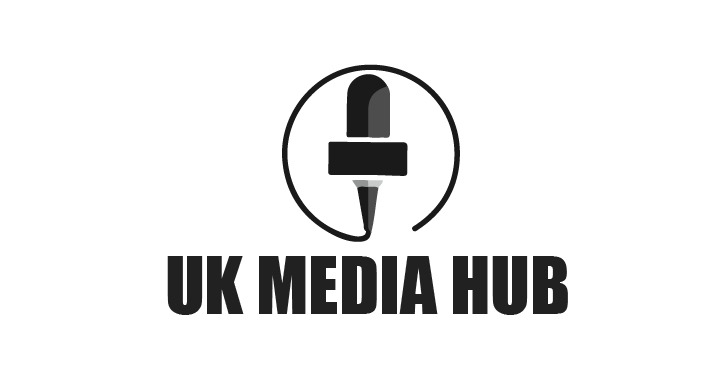
Doctors have for the first time released details of their spending on a major clinical trial, demonstrating that the true cost of developing a medicine may be far less than the billions of dollars claimed by the pharmaceutical industry.
Médecins Sans Frontières (MSF) is challenging drug companies to be transparent about the cost of trials, which has always been shrouded in secrecy. Its own bill for landmark trials of a four-drug combination treatment for drug-resistant tuberculosis came to €34m (£29m).
Current estimates for research and development of new medicines range from €40m to €3.9bn. The extortionate cost of trials is used to justify high prices of new medicines, but companies do not publish either the topline or a breakdown of their spending. MSF says this opacity should end. It has produced a toolkit for drug trialists, which categorises each item of expenditure and allows the costs to be collated throughout the process, which can last for years.
MSF’s trial, called TB Practecal, has transformed prospects for people with drug-resistant forms of TB, which have high mortality rates and in some countries have been untreatable because of the high price of the few drugs that still work.
Dr Bern-Thomas Nyang’wa, MSF’s medical director and the chief investigator of the trial, said: “We hope that our disclosure of clinical trial costs for identifying an improved regimen for drug-resistant tuberculosis will serve as a clarion call for other public and nonprofit actors to join us and publicly share their clinical trial costs to ensure broader transparency in medical R&D costs.”
He added: “We encourage clinical trial sponsors and implementors to try our Transparency Core toolkit, and to build on it as a guide to facilitate the publication of cost data. While transparency in R&D expenditure remains largely elusive, transparency in clinical trial costs is a transformative step towards exposing what medical innovation actually costs and building a future where access to medicines and medical tools is not hindered by high prices.”
Bedaquiline, a new drug with a different mechanism against drug-resistant TB, was developed by Johnson & Johnson and, in 2012, became the first TB drug to be approved by the Food and Drug Administration in the US in 40 years. But the cost was prohibitive for many of the worst-affected countries. It took a long battle by campaigners to get the price reduced. The cost of R&D was a key factor. Eventually, it was revealed by academics that the drug was developed thanks to public funding, which was five times more than private investment.
MSF trialled the use of a combination of four oral drugs, including bedaquiline, against drug-resistant TB. Its success led to the World Health Organization (WHO) recommending six months’ treatment with the combination for rifampicin-resistant TB. It is now in use in 40 countries.
Roz Scourse, a policy adviser with MSF’s Access Campaign, said: “The global movement that pushed for a significant price reduction of the lifesaving TB drug bedaquiline demonstrated that transparency of R&D costs can lead to increased access to medical tools and help save more lives.
